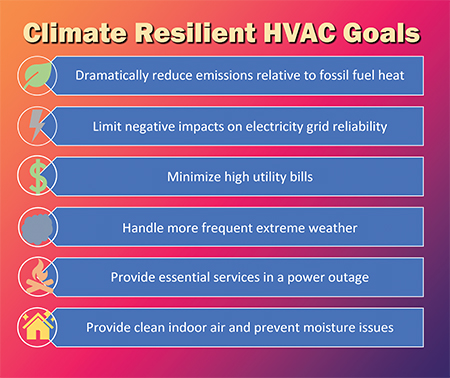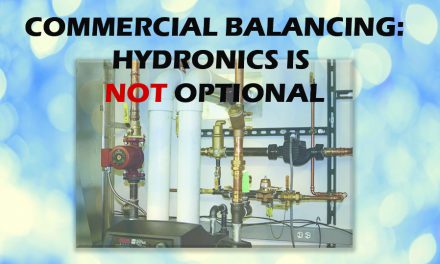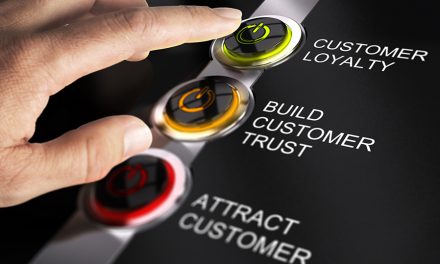Have you noticed that the frequency and significance of weather-related disasters seem to be increasing year after year? Scientists have linked this trend to human-caused climate change. Global average temperatures are increasing, and sea levels are rising, which can shift weather patterns and intensify droughts, wildfires, floods, hurricanes, and even winter storms.
Another term – global warming – implies that it’s mostly higher temperatures that we need to worry about. Still, paradoxically, the shift in the climate can lead to extreme cold temperatures in areas where that’s not usually an issue.

The devastating Texas winter storm in 2021 is a prime example of this paradox. Regardless of the cause of these obvious changes, it’s up to us to figure out what to do about it.
In an endeavor to slow climate change, the U.S. is making significant public investments to reduce fossil fuel usage, both on the energy supply and the demand side of the equation.
According to the Rewiring America website, there are $369 billion in tax credits and incentives available in the U.S. These credits alleviate the costs of replacing gas and oil furnaces and boilers with electric heat pumps, to replace gas water heaters with heat pump water heaters, install solar panels, and otherwise “electrify everything.”

Granted, it’s an idea that has its detractors, but electrification is taking hold and will change how we do business in the heating and air conditioning industry.
The First Heat Pump Go-Around
A similar push during the 1970s energy crisis helped initially propel heat pumps to popularity. But the heat pumps of yesterday were less efficient and weren’t up to the task of heating in climates with colder winters. Their adoption was mostly limited to warmer-weather areas with lower electric rates. Texas and Florida come to mind, for example. As oil prices regulated, the focus on heat pumps waned, and gas furnaces remained the go-to heat source for most Americans.
Fortunately, the renewed effort to promote efficient electric heating coincides with decades of improvement to heat pump technology. Modern heat pumps are around 60% more efficient than in the 1970s, and some cold-climate heat pumps can be effective down to below-zero temperatures.
These technological improvements mean heat pumps are a viable option in many more regions than they were back then. Combine these with the public funding and marketing push to electrify homes, and we find ourselves in the beginning stages of a heat pump revolution. If you’re not seeing increased interest in heat pumps in your area yet, odds are you will soon.
While this is great news for our environment, being aware of potential downsides and risks is essential. The very attribute that makes heat pumps a more climate-friendly solution – they run on electricity – also leaves them vulnerable to power outages and high electricity prices.
Click Below for the Next Page:






![High Performance Contracting: Summit 2018 Panel Discussion on Implementation [PART 1]](https://hvactoday.com/wp-content/uploads/2018/06/DSC_0613-Panel-Discussion-4c3-440x264.jpg)






Recent Comments